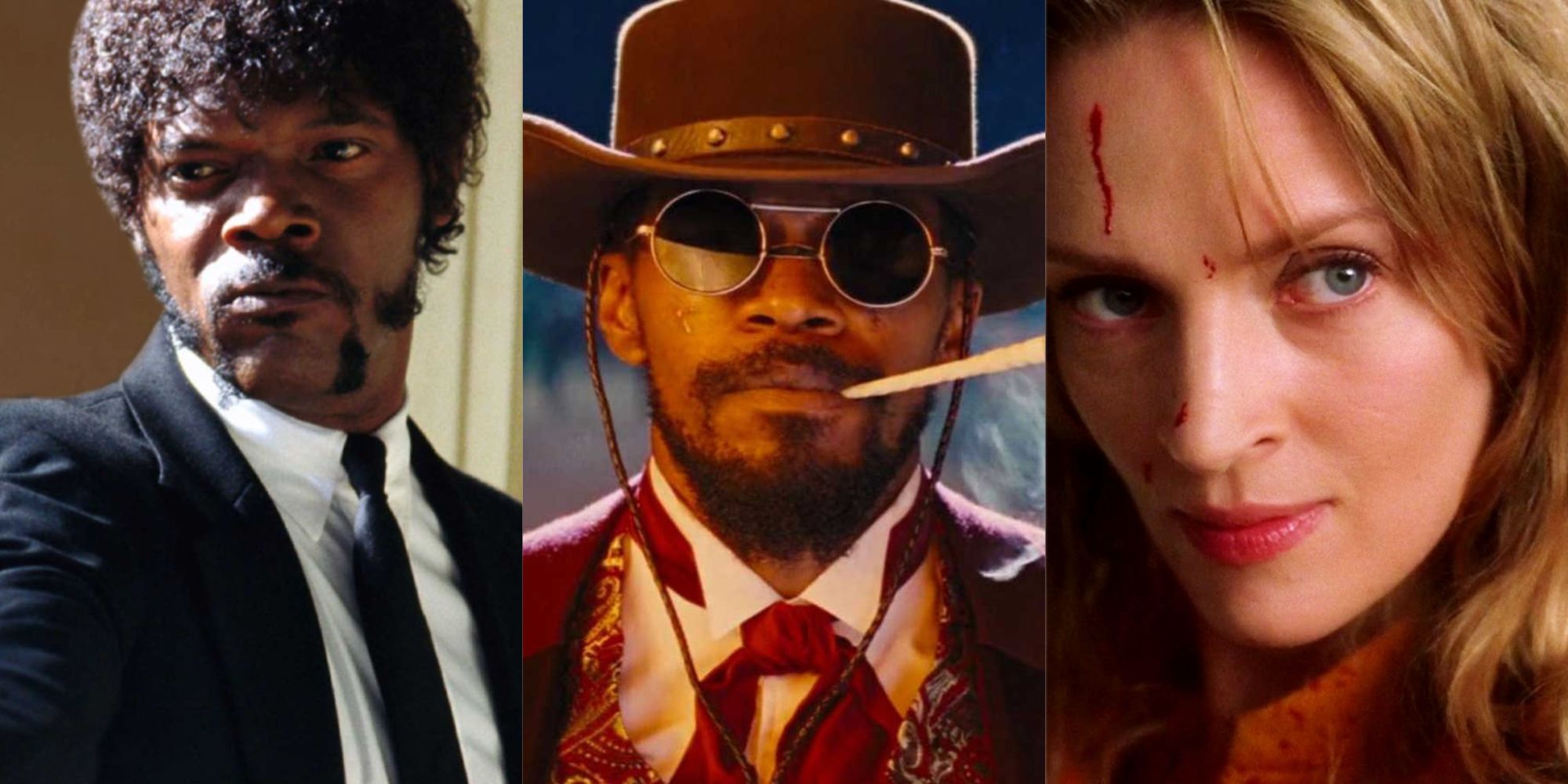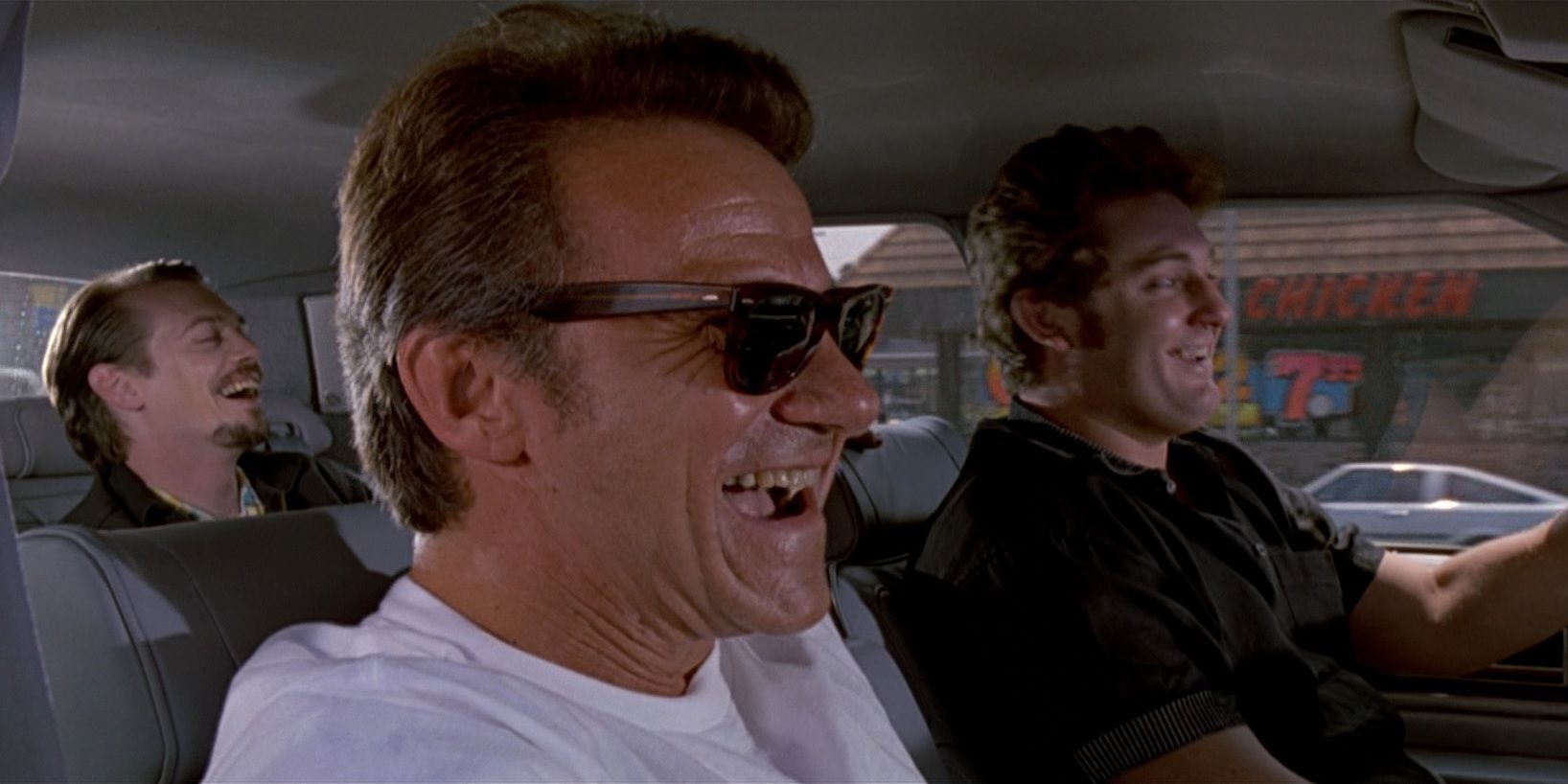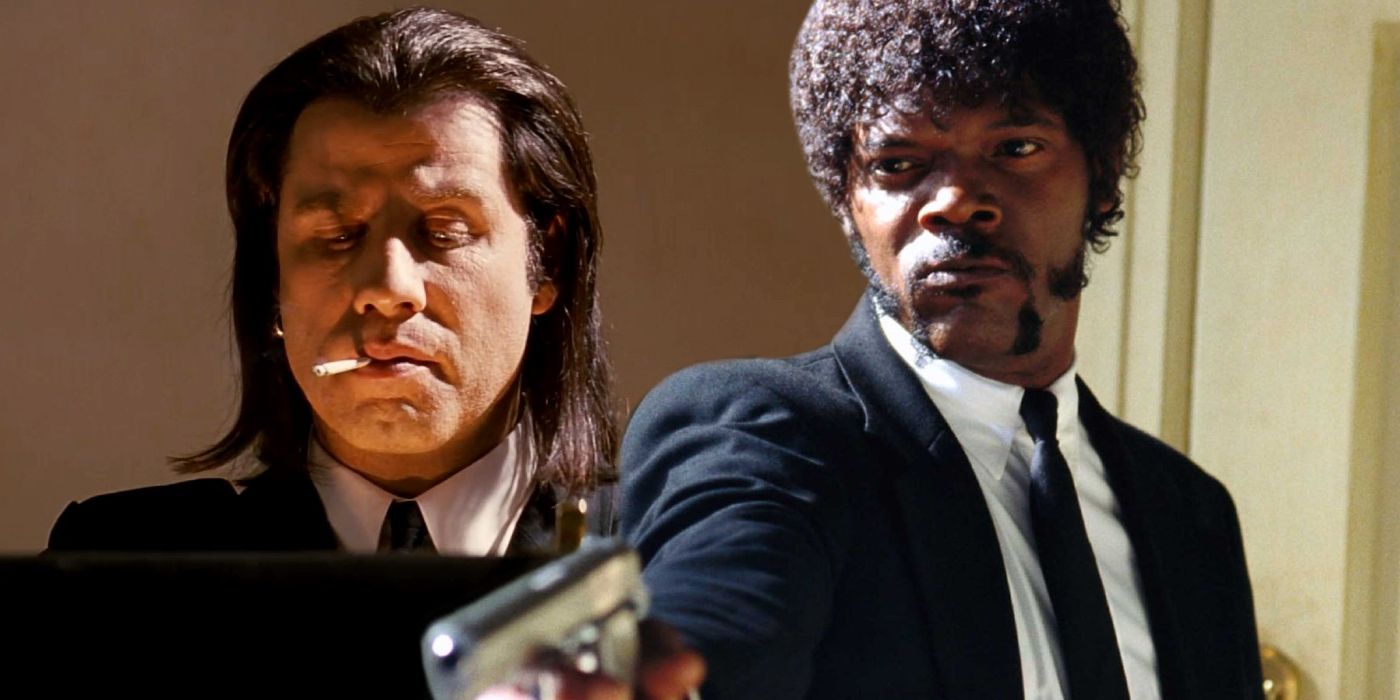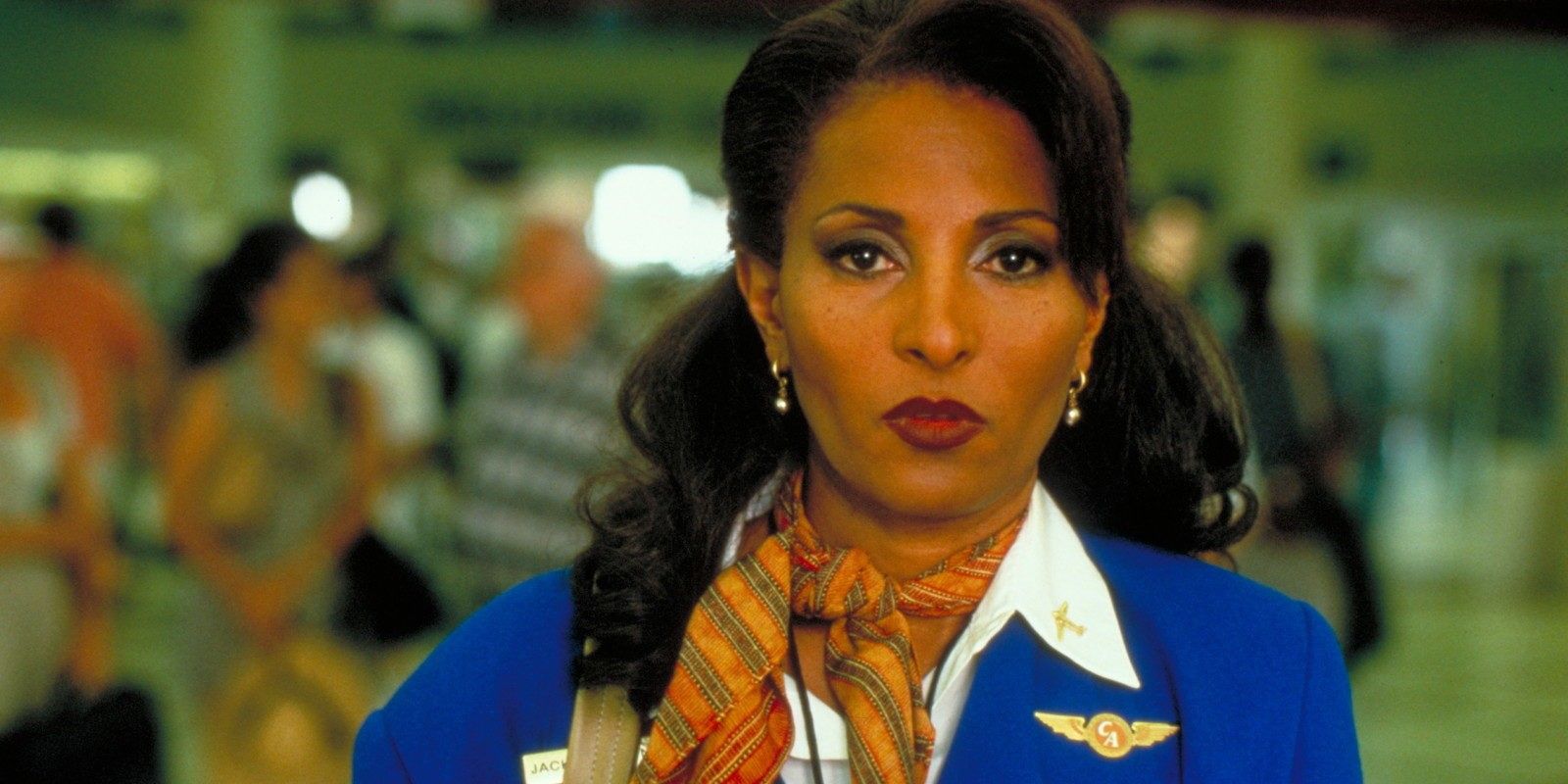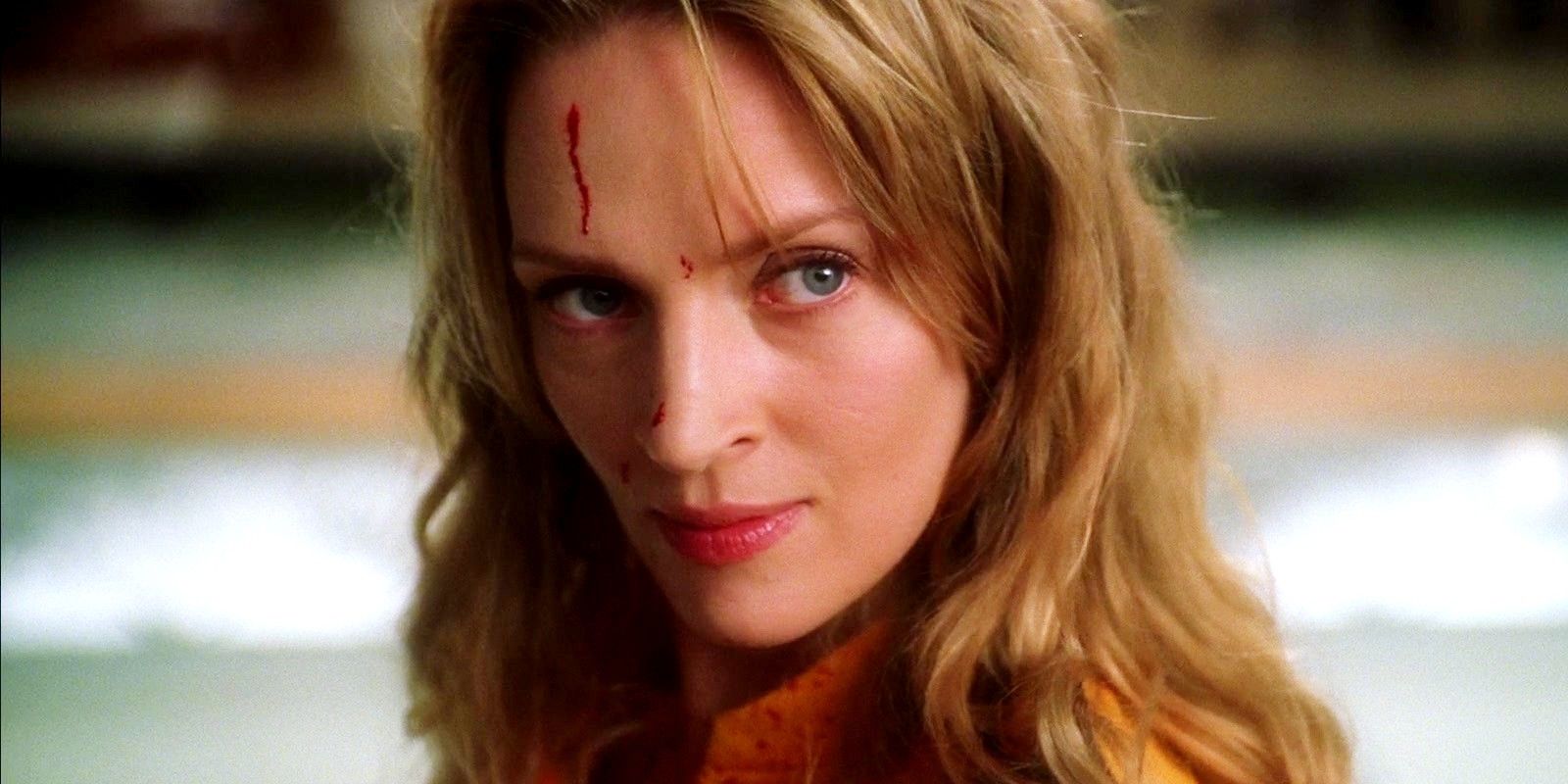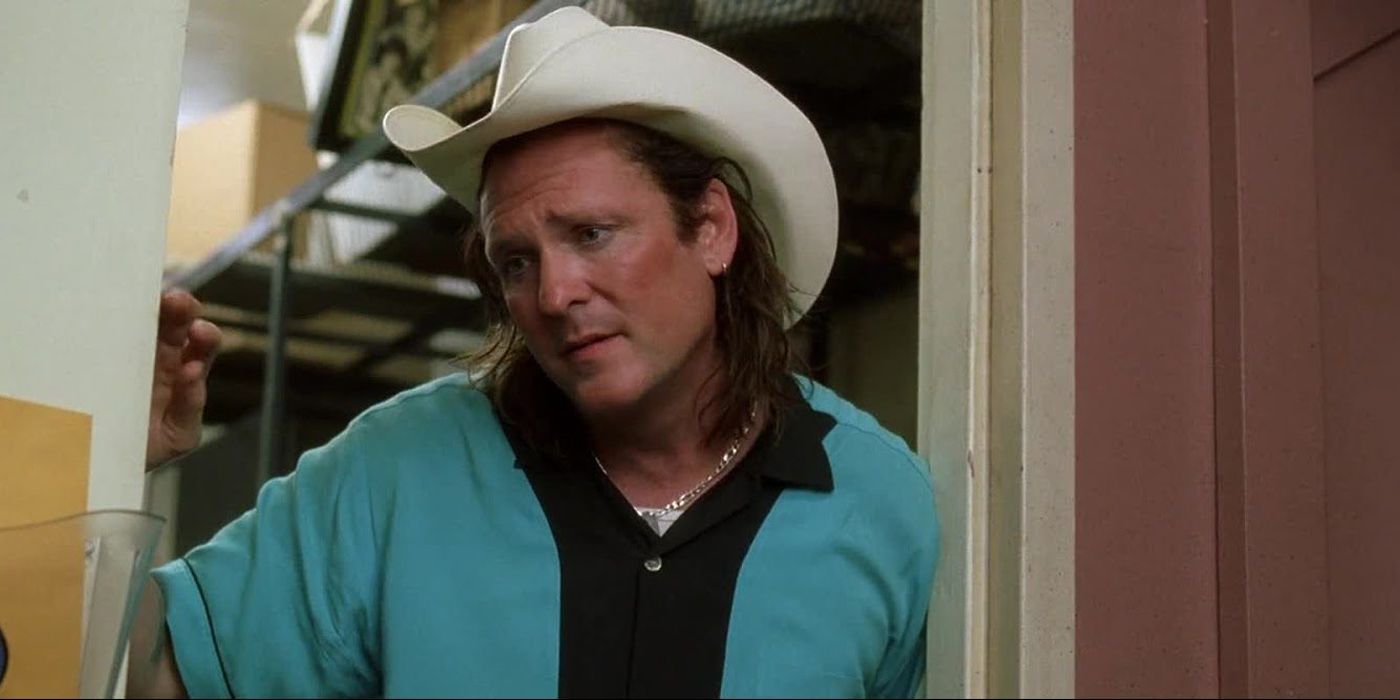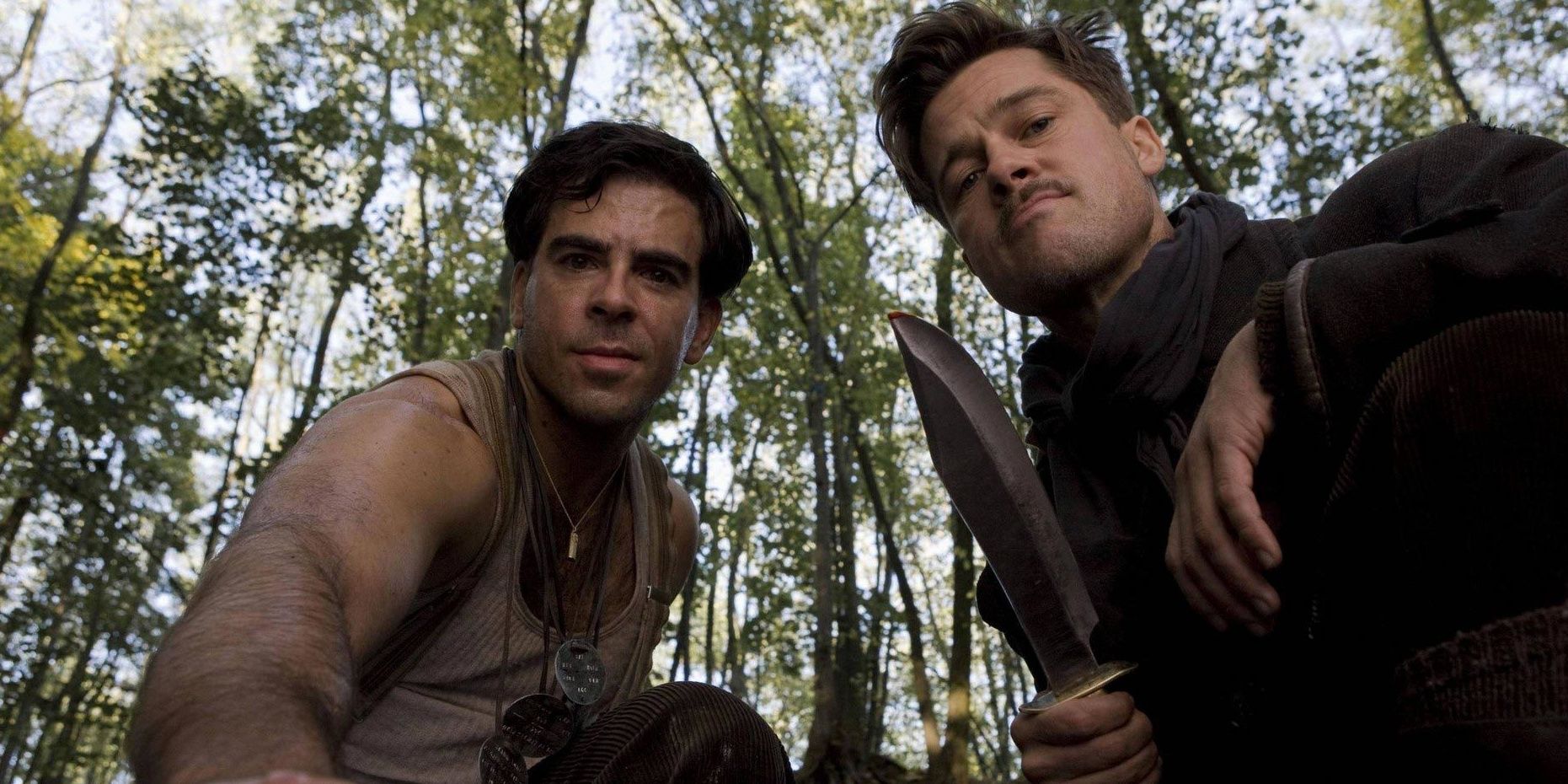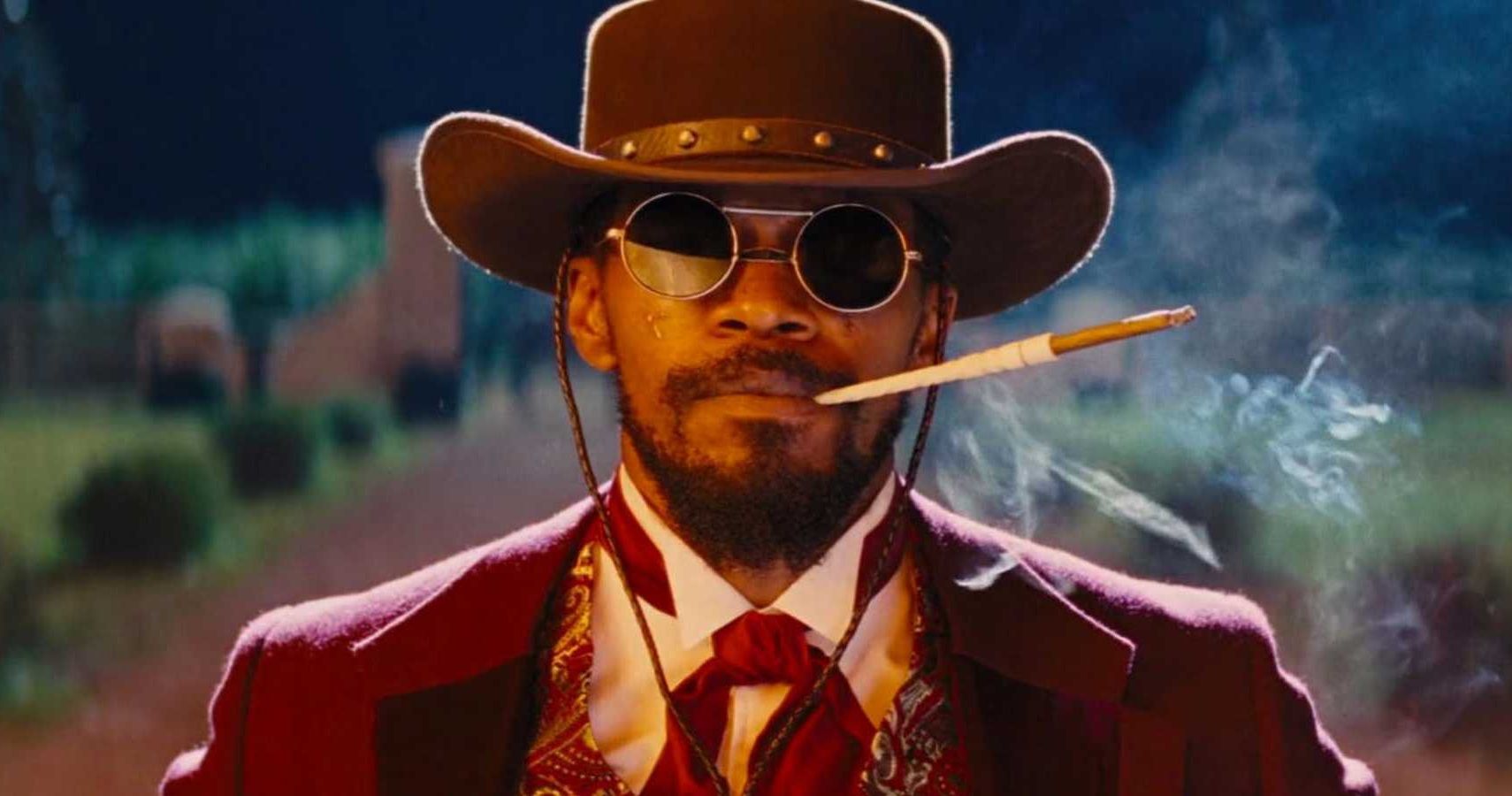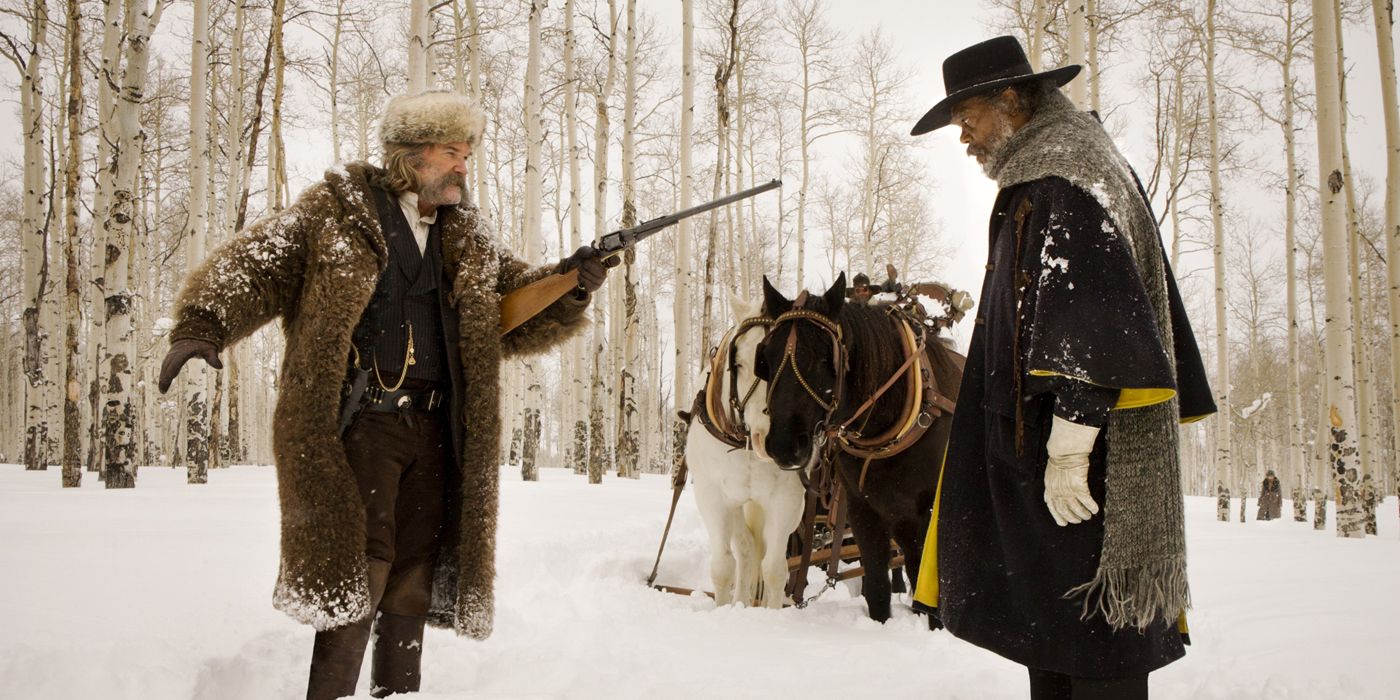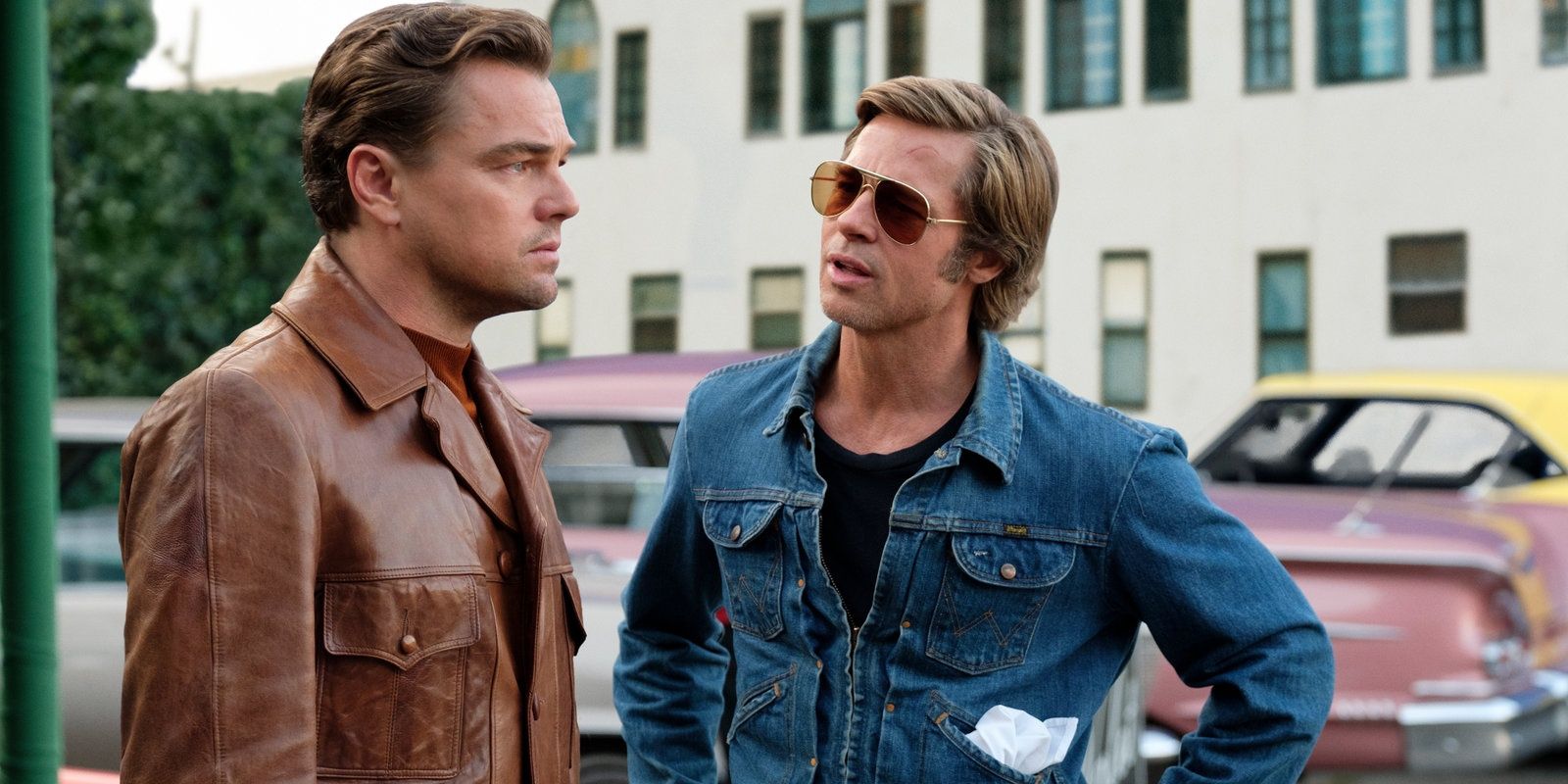Quentin Tarantino is regarded by many as the preeminent filmmaker of his generation, having written and directed multiple groundbreaking and unconventional works that refined audiences' taste in film and inspired other auteurs to embrace greater creativity in their own projects.
Several of his films dominated public conversation upon their releases and have remained staples of popular culture, with individual scenes and lines of dialogue having secured greater staying power than many films have in their entirety. Tarantino aficionados of Reddit have cited their favorite aspects of each of the nine films that the iconic filmmaker has both written and directed.
Reservoir Dogs: Its Minimalism
Reservoir Dogs, Tarantino's debut feature and a staple of the crime genre, succeeded despite its limited budget due to the writer-director's boundless creativity and his ability to produce riveting drama with few of the luxuries afforded to proven filmmakers.
In the eyes of certain viewers, such minimalism was a benefit to the film rather than a hindrance. Smittinator was one such admirer of the 1992 film, writing, "I think it's the most minimalist of his movies, and just shows that you can really carry a film with interesting characters, dialogue, and tense situations."
Pulp Fiction: Its Non-Chronological Plot
This 1994 film, which is the Quentin Tarantino movie with the most rewatchability, is universally regarded as groundbreaking, with exceptional performances by stars such as Samuel L. Jackson and John Travolta greatly contributing to its reputation.
Despite the cast's much-appreciated efforts, Tarantino's inspired and inventive screenwriting is what most distinguishes Pulp Fiction as a landmark of 1990s popular culture. The film's rejection of the standard chronological storytelling format continues to impress audiences decades after its release, with TombstoneT remarking, "Pulp Fiction made it easier for a Hollywood director to use a non-traditional narrative."
Jackie Brown: Its Use Of A Female Protagonist
Many regard Jackie Brown as tonally different from the rest of Tarantino's filmography (perhaps due to it being Tarantino's least violent movie), a distinctiveness that renders the 1997 film unappealing to certain fans of the director.
Other filmgoers appreciate it for its slower pace and more thoughtful bent, believing it to be markedly more mature than the auteur's other, more recognizable pieces. saturnchick is one of many viewers who are highly appreciative of the film's focus on an empowered female character, writing that Tarantino "understands how to create strong, unconventional, female protagonists and I'm a woman who appreciates that."
Kill Bill Volume 1: Its Engaging Storytelling
Kill Bill's continued relevance hinges on its ability to command viewers' attention throughout its runtime, a feat that only the most obsessive and detail-oriented filmmakers are able to achieve with their work. Many consider the film's engaging storytelling to be primarily responsible for its iconic status and have lauded Tarantino for ensuring that the story remained consistently riveting.
Sitzplatzimbus identifies Kill Bill as his favorite of Tarantino's films, writing, "Kill Bill is the perfect movie for me. Why? Because it has you engaged. There are no 'boring' parts to the movie."
Kill Bill Volume 2: Its Emotional Elements
Certain audiences prefer Kill Bill's sequel to the 2003 original, identifying certain key distinctions between the two companion films. While the franchise's first installment focuses nearly exclusively on raw action between the Bride and associates of the titular character (cementing the former as Quentin Tarantino's most vengeful character), Kill Bill: Volume 2 adds additional nuance and emotional complexity to the continued story.
Skywalkling is one such viewer who is partial to the second film, writing, "Vol. 1 is a fun, slick stylish action film that loosely frames itself around the subject of revenge, but Vol. 2 provides an actual emotionally compelling story."
Inglourious Basterds: The Details
With Inglourious Basterds, Tarantino attempted a sprawling, partially-historical epic with expert ease, providing viewers with catharsis by depicting the fall of the Third Reich at the hands of those whom its members most directly victimized. Aside from its ambitious and complex plot, the film drew acclaim for finer details that many filmmakers would not have taken pains to include.
dutchgirl11028 noticed such a detail in the character portrayed by Christoph Waltz, writing, "His eye colour actually changes colour when he goes evil. In his conversation with Padite, when he confronts him, 'You're hiding Jews here, aren't you,' his eye colour changes to black."
Django Unchained: Its Use Of Historical Fiction
Like Inglourious Basterds, Django Unchained layers a fictional story over historical events and concludes satisfyingly. This Jamie Foxx vehicle addresses the horrors of American slavery while incorporating Tarantino trademarks, attempting to please socially conscious viewers with the victory that it affords to its enslaved characters rather than concluding with the unbearable hopelessness that plagued most enslaved Americans in actuality.
hyenahiena appreciated this optimistic spin on grim circumstances, writing,"...it's a movie that rewrites history rather than try to be faithful to history, and the good guys win."
The Hateful Eight: The Soundtrack
This 2015 film thrives on the dread and suspense that it sustains throughout its extended runtime, and it largely owes such tension to its accompanying soundtrack. Music is one of the most crucial tools that a filmmaker can employ to heighten a given work, and many would argue that Tarantino utilized it more successfully with The Hateful Eight than with any of his other projects.
Skevinger viewed this film's music as one of its most valuable components, writing, "The original soundtrack is one of the greatest I've ever heard. It's unique for a Tarantino movie that it has one, and it's masterfully done."
Once Upon A Time In Hollywood: The Ending
Tarantino's most recent project was righteously successful, managing to draw audiences to theaters to an extent that non-franchise films have often failed to in recent years. The film's warm reception is primarily owed to its crisp screenplay, in which Tarantino afforded equal attention to plot and character development.
Perhaps the most notable element of the film is its inventive and unexpected ending, which was acclaimed by scores of viewers. Among them is maxgauden, who writes, "The third act might be one of my favorite final acts of a movie ever. Can't even think of a single complaint about that ending."

